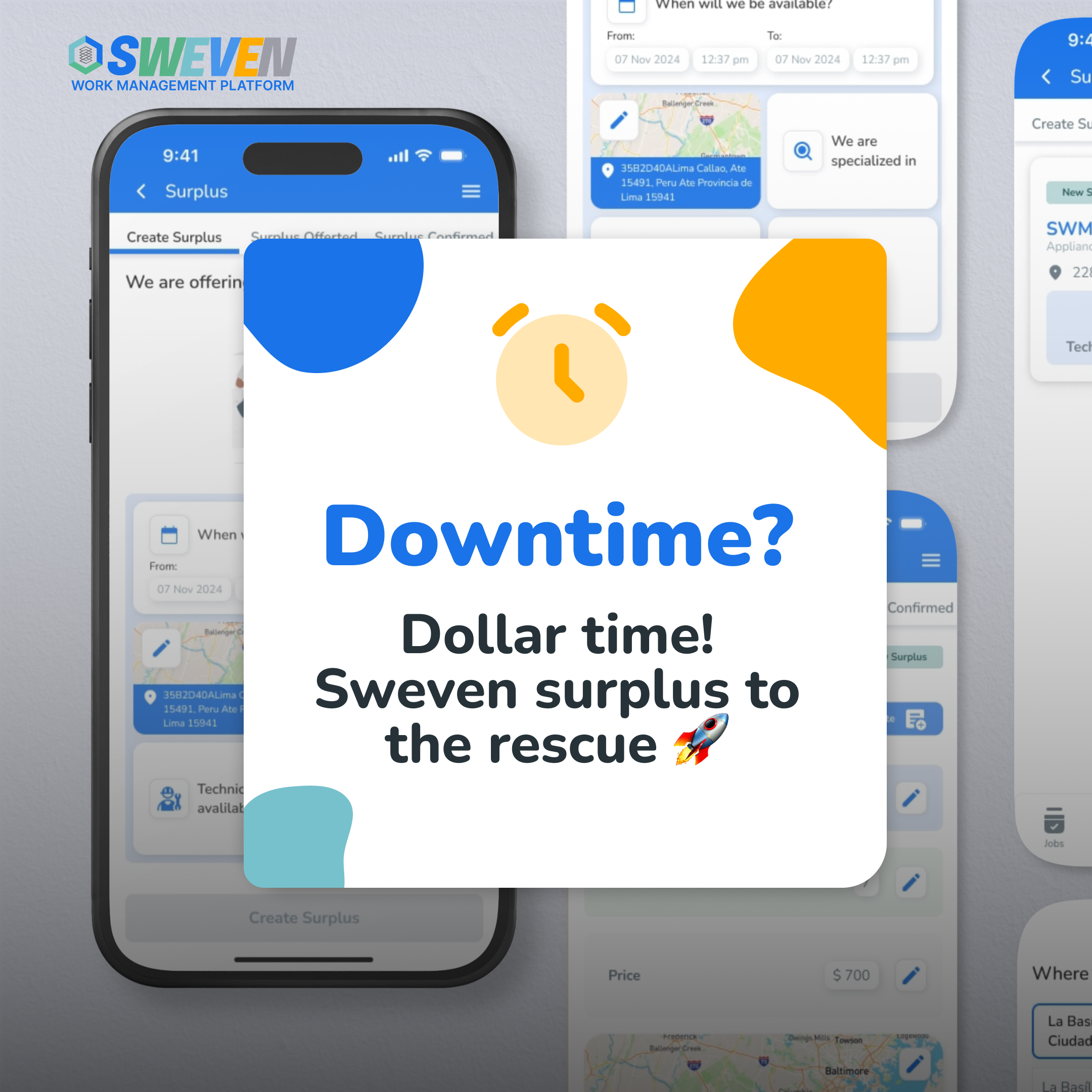It’s been some time now since we were forced to retrieve and seek the safety of our homes in the wake of one of the most shocking -and yet relevant- events we’ve faced in a lifetime.
Needless to say that COVID-19 changed everything. Work was one of the things we had to adjust in order to remain functioning and relevant. A good amount of us started working from home, and while most took a shine on this way of working and wouldn’t like to go back to the offices, there are a ton of positions where on-site activities are mandatory by their nature.
The physical dimension of work became an object of discussion within several industries and niches. As expected, the medical staff was required more than ever, but little by little, we became aware and more appreciative of other jobs that imply the physical presence of personnel, like construction, maintenance, security, food production, and transportation, just to mention a few.

Let’s face it, we are able to work remotely because there are people out there taking care of our internet connection, electric infrastructure, facilities maintenance, and even the transportation/preparation of the food we order on delivery apps.
The problem with those kinds of jobs is that, by the beginning of the pandemic, most were performed without any digital support, or at best, with spreadsheets, emails, and phone calls.
This was -and for many still is- a problem for the operation of many companies in which supervisors, administrative, and on-site staff have to work together; how do you combine activities that are done from home-office with ones that must be performed on a specific location by technicians and specialists?
Remote work is much more than virtual meetings
It feels like it was ages ago but before the pandemic, most companies were trying to incorporate new technologies into their operations, no matter what industry they were in. The crisis only speeded up the digitalization process.
Nowadays, many digital solutions were developed with specific purposes, where the people involved in the workflow can:
- Improve communication not only with peers but everyone in the organization. This also helps to share objectives, vision and creates a sense of ownership.
- Have more control of projects and tasks with tools like schedulers
- Monitor activities with geo-location technology
- Evaluate performances with digital metrics and always look for new ways to be more efficient
- Storage data safely in the cloud
Home office has its dark side too
Even though this way of working has grown on so many people, some statistics show that it has more than a couple of downsides. According to a survey by Flexjobs, remote workers have experienced some problems associated with alienation, and the incapacity to establish time limits:
- Just 55% of people admitted being more productive while working from home
- Almost 30% feel constantly distracted
- 58% have admitted having more technical difficulties than in an office
- 56% have experienced burnout during this period
- 39% said their mental health was better before working from home
















